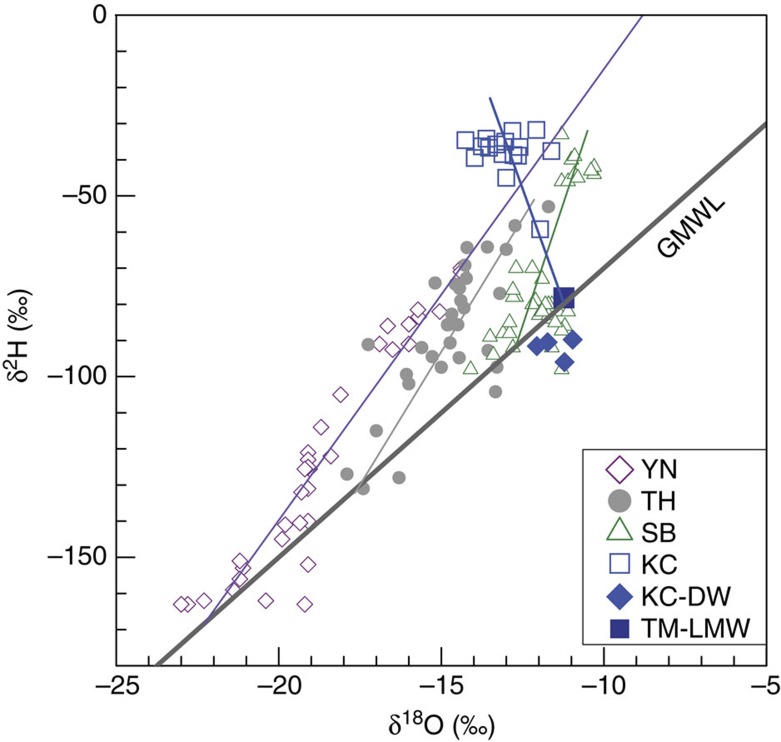Figure 1. δ18O and δ2H of subsurface fracture waters.
KC represents Kidd Creek (data from this study). Some other sites (YN, Yellowknife; TH, Thompson; SB, Sudbury) in the Canadian Shield (data source: ref. 8), local meteoric water in Timmins, Ontario (TM-LMW), Global Meteoric Water Line (GMWL) and drilling water in the Kidd Creek mine (KC-DW) are also plotted for comparison. Error bars (1σ) are smaller than the symbols. Similar to what is observed in the subsurface fracture waters in South Africa38,69, less saline samples (typically from shallower depths) have oxygen and hydrogen isotope compositions that lie on the GMWL due to mixing with surface water-derived components. While some recharge of surface water to depth cannot be ruled out38, the practice of recirculation of surface lake water to depth for use as drilling and service water in the mine is the most likely explanation for the presence of meteoric waters at such depths. KC-DW lies slightly below the GMWL, attributable to water evaporation in the local source lake. Brine fracture waters lie well above the GMWL due to intensive fluid–rock interaction as seen at other sites across the Canada Shield8. For each site, a mixing line can be drawn between the most saline fracture water end-member and meteoric water end-members that lie on the GMWL. The samples from this study record some of the most elevated δ2H and δ18O values ever observed (−31.6‰ to −39.5‰, and −11.6‰ to −14.3‰, respectively) and attest to the lack of significant mixing with surface/drilling waters in the fracture fluids that are the focus of this study.

